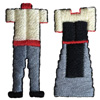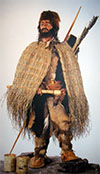 We are sure, some of you heard about the Ötzi – the mummy of a man who lived between 3400 and 3100 B.C. He was found in September 1991 in the Ötztal Alps. Thanks to that mummy, scientist learned a lot about the life of prehistoric people. We’d like to show you how to make an Otzi the Iceman style backpack by your own hands. It could be a lot of fun.
We are sure, some of you heard about the Ötzi – the mummy of a man who lived between 3400 and 3100 B.C. He was found in September 1991 in the Ötztal Alps. Thanks to that mummy, scientist learned a lot about the life of prehistoric people. We’d like to show you how to make an Otzi the Iceman style backpack by your own hands. It could be a lot of fun.
Read also:
Medieval attire of the Bocksten Man, 14th-century Swedish mummy from a bog
Taizhou mummy dated Ming Dynasty shows us accurate 700-year-old Chinese clothing
Mongolian millennium-old mummy in Adidas-style shoes. Whaaat?!
The world’s oldest clothing. Ancient garments right from the tombs
Viking lost mitten from Lendbreen is one of a kind find. How was it made?
The main support structure of the backpack was constructed out of a piece of hazelnut wood that was bent into a u-shape. Once the bark is removed, the branch can then be folded over it, into the proper shape when the wood is still green and flexible. Heat from a fire may have been used to help the wood to make a frame. Selecting a piece of hazelnut that was not too large in diameter I was able to get the desired shape. I could then tie the frame together and put it dried.
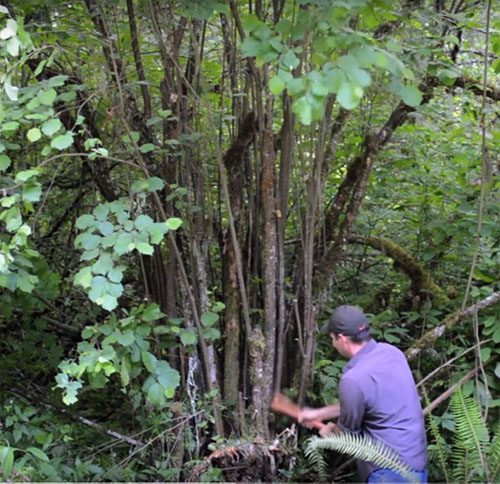
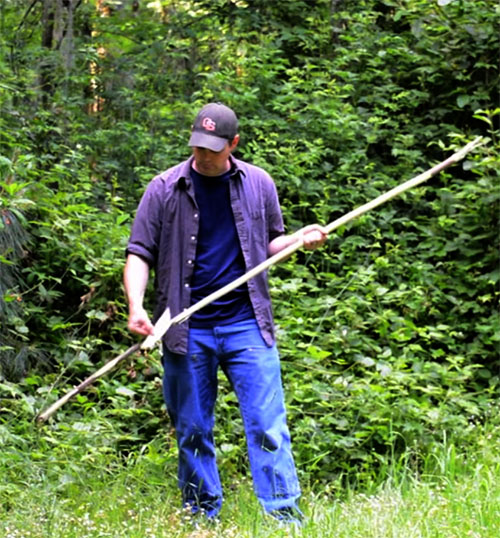
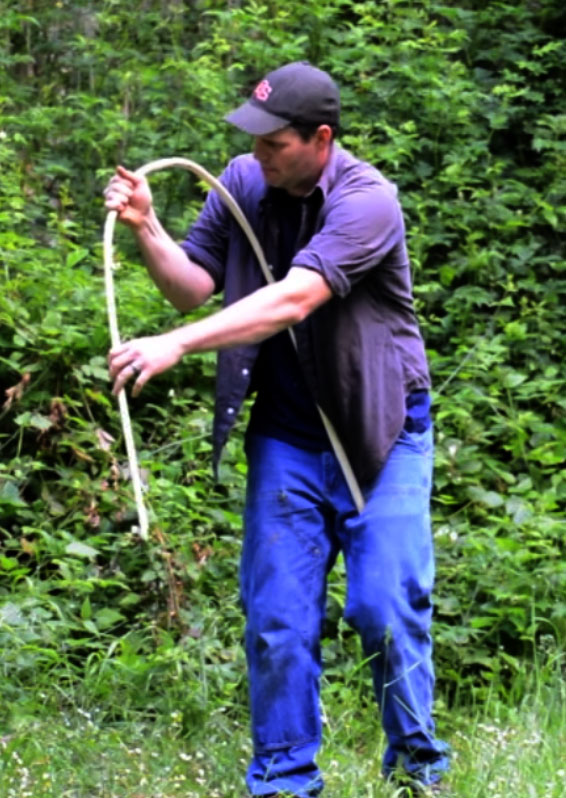
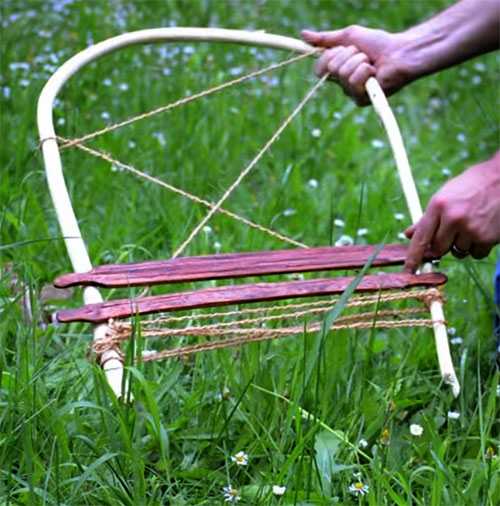
The second part of the support structure was made out of two flat pieces of large wood. These two flat boards had narrow tips that were carved into the end. These narrow tips fit into holes that were drilled into the main hazelnut support frame.
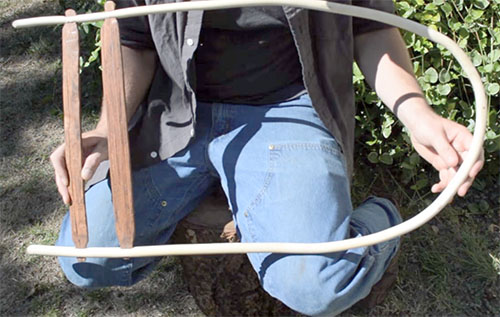
When the main wooden frame is complete, we are ready to secure it with rope. The IceMan made his rope using the two-twist technique using the fibers of dead grass. I was surprised to find that cordage made with natural grass fibers is relatively strong.
The first step in making this cordage is to collect several bundles of dead grass. Then soak these bundles in water, until the fibers of the grass becomes soft and pliable to begin our cordage. Take some of the fibers of the grass and twist the ends in an opposite direction, then fold the fibers over so that they twist on themselves. Continue twisting the two tails of the cordage adding new grass fibers. As you repeat this process, these two tails will continue to twist on themselves giving you a simple two-ply piece of cordage. This grass cordage becomes much stronger as it dries.
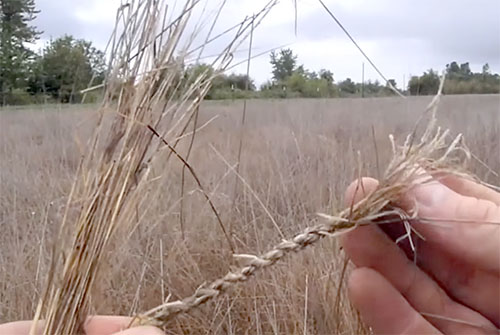
You will see several little loose ends of grass fibers running along the length of your cordage. These loose grass fibers can easily be removed by quickly passing them over a flame.
Remnants of the grass cordage was found in Otzi backpack.
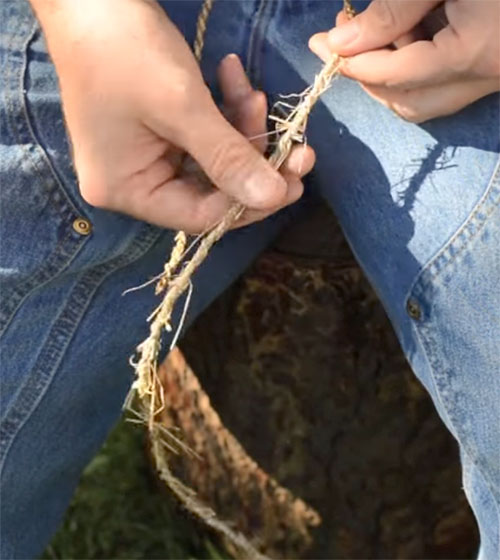
However, it's unclear how the grass cordage was wrapped around the main wooden frame for this backpack. I simply wrapped the grass cordage back and forth along the length of the hazel rod.
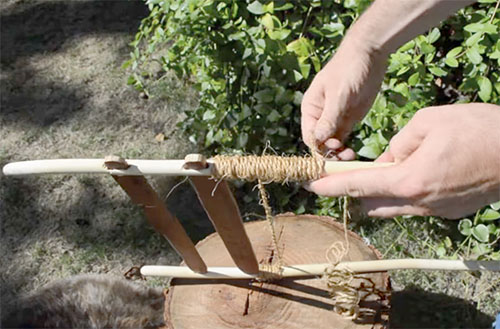
It is also unclear how Otzi the Iceman carried his backpack. For this backpack, I made two shoulder straps out of the thicker version of the grass fiber cordage.
Now that the frame is complete, the final step is to attach the pack that was used to carry items.
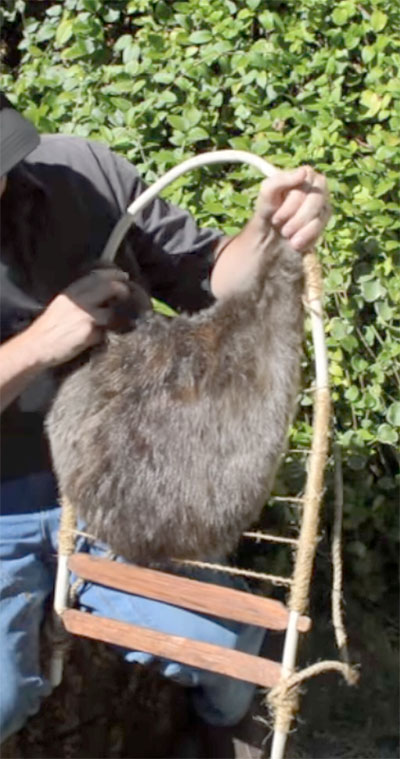
Again, we don't know exactly how this pack was made or what it looked like, but remnants of fur and leather suggests that it was made from the pelt of an animal. For this backpack I used the pelt of a beaver.
Numerous items that were found near the Iceman's body may have been carried in his backpack, include a copper axe, two birch bark containers, a flint dagger, a net, pieces of medicinal fungus, and other items.
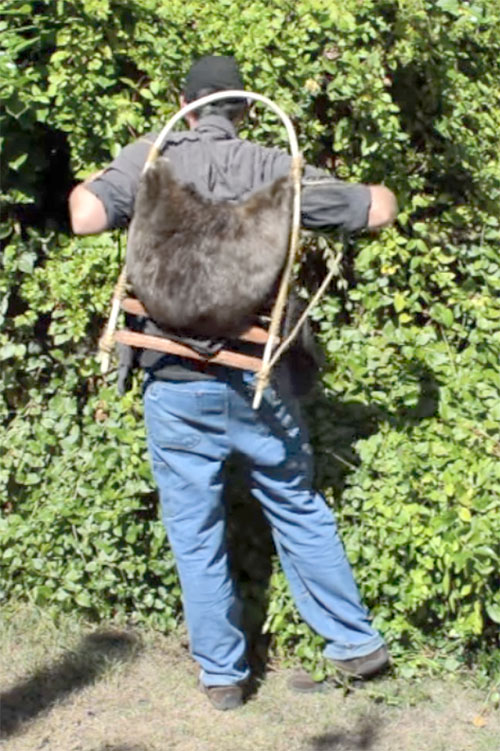
Video:
Read also:
Medieval attire of the Bocksten Man, 14th-century Swedish mummy from a bog
Taizhou mummy dated Ming Dynasty shows us accurate 700-year-old Chinese clothing
Mongolian millennium-old mummy in Adidas-style shoes. Whaaat?!
The world’s oldest clothing. Ancient garments right from the tombs
Viking lost mitten from Lendbreen is one of a kind find. How was it made?
